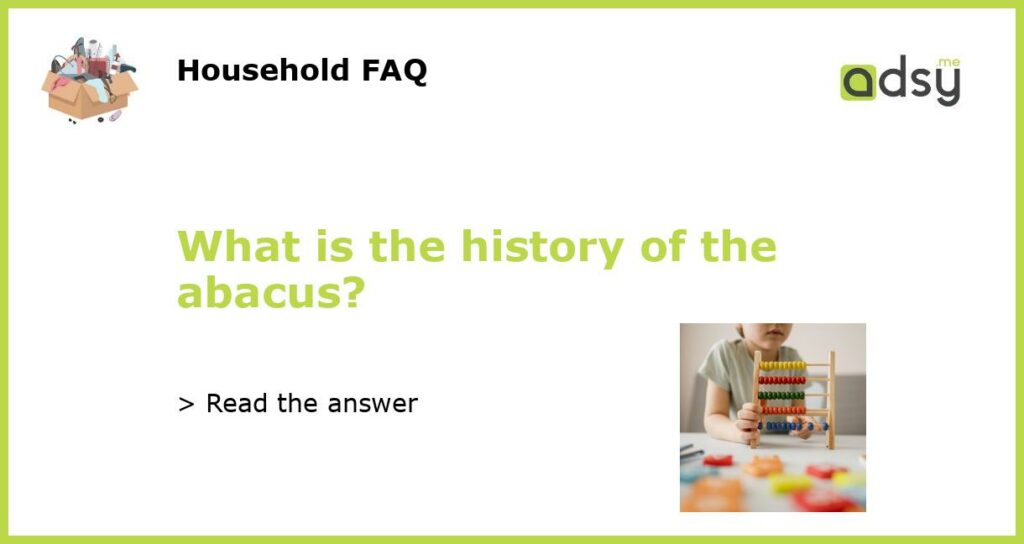The Invention of the Abacus: A Brief History
The abacus, an ancient counting device, has been used for thousands of years by various cultures around the world. The origins of the abacus can be traced back to ancient Babylon, where it was used around 2400 BC as a tool for counting and arithmetic. The abacus was also used in ancient Egypt, Greece, and Rome, where it was known as the “calculi”.
Types of Abacus in Different Cultures
As the abacus spread throughout the world, it was modified and adapted to suit local needs. The Chinese developed their own version of the abacus, which became known as the “suanpan”. This Chinese abacus had two beads at the top row and five beads in the bottom row. The Japanese also developed their own version of the abacus, known as the “soroban”. This type of abacus had one bead at the top row and four beads in the bottom row.
The Abacus in Modern Times
With the advent of computers and other electronic devices, the use of the abacus declined in many parts of the world. However, the abacus is still widely used in Asia, particularly in China, Japan, and Korea. In these countries, abacus training is still taught in schools as a way to improve children’s mathematical abilities and mental arithmetic skills.
The Significance of the Abacus Today
While the abacus may seem like an outdated tool in today’s digital age, it still has its uses. In fact, some experts believe that the abacus can provide mental and educational benefits to children that cannot be replicated by electronic devices. Learning how to use an abacus can improve hand-eye coordination, increase concentration, and develop memory skills.
The Future of the Abacus
As the world becomes more reliant on digital technology, it is unclear what the future holds for the abacus. However, as long as there are people who treasure tradition and appreciate the value of mental arithmetic, the abacus will continue to be an important tool for many years to come.






